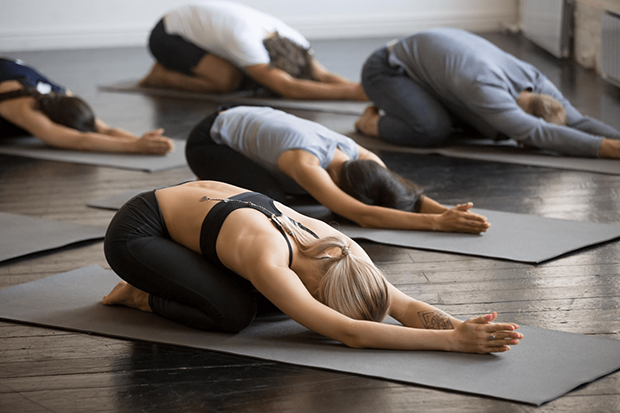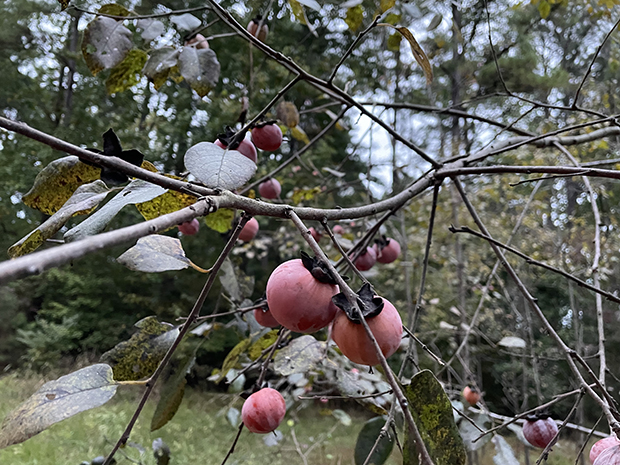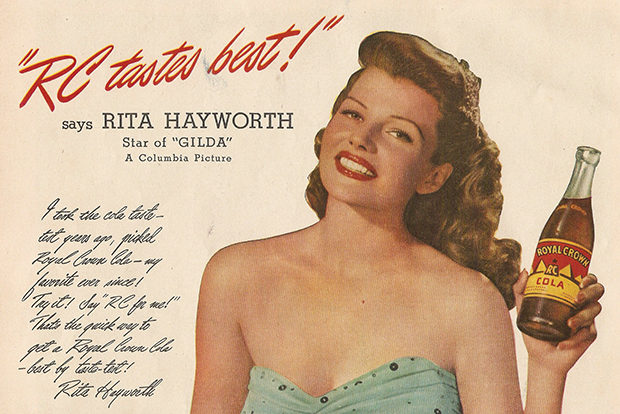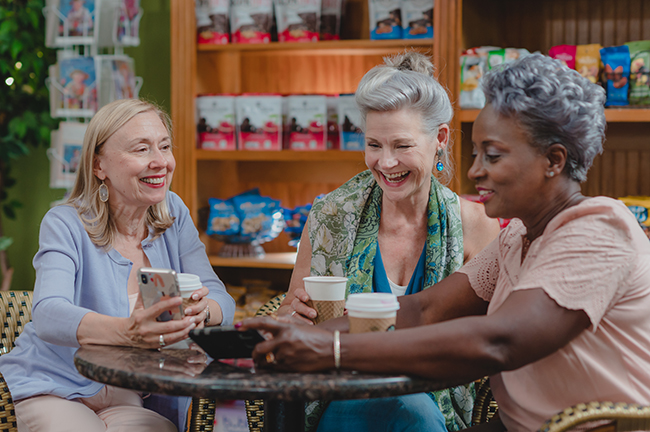Yin Yoga
04 Sep 2022
Calm the mind, stretch the body
By Ashton Graham

Yoga has been around for thousands of years, and if you are new to it, it’s easy to feel overwhelmed by all the different styles of yoga. Take a journey and try different styles until you find one that resonates with you.
Ahimsa, an Indian principle of non-violence is important as in “do no harm to yourself” in the process. In other words, don’t let your ego get in the way, start from where you are, and listen to your body. Yoga is not a “no pain, no gain” activity. If it hurts your body, simply back off. You should not experience any burning, sharp sensations, tingling, or numbness.
One type of yoga that is relatively recent is called “yin yoga.” It was developed primarily by Paul Grilley, who was inspired by Paulie Zink in the 1980s. Zink’s teachings were inspired by ancient Chinese Taoist Yoga practices in which stretches were held for long periods of time. I was introduced to yin practice in a training in 2015 and fell in love with how it made my body feel. It was as if the practice delicately untangled the threads in my body, and a flow of energy was released throughout.
I ordered Bernie Clark’s book "The Complete Guide to Yin Yoga" and began my yin practice in earnest. Since then, I have had the honor of attending trainings with Bernie Clark, Grilley and Sara Powers, another pioneer of yin who blends yoga, transpersonal psychology and Buddhist and Taoist philosophy into what she calls “insight yoga”.
The focus on the stillness of the mind and body utilizing the breath in yin yoga has many health benefits such as reducing stress, increasing circulation, and relieving tension. As Clark explains, “There are also several studies that look at the effect of Yin Yoga-like stresses physiologically. These studies provide evidence that the stresses applied during a Yin Yoga practice can lead to greater physiological and psychological well-being.”
While most yoga practices target the muscle groups, yin targets the deep connective tissue, fascia, ligaments, joints and bones. Yin is a slower, more meditative practice that gives the practitioner time to tune into the mind and the physical sensations. If you were to try it, think of your fascia like shrink wrap around your muscles, bones, organs. When this connective tissue is underused, it becomes less elastic, which leads to aches and stiffness. As Grilley describes it, “If you gently stretch connective tissue by holding a yin pose for a long time, the body will respond by making them (the tissues) a little longer and stronger — which is exactly what you want.”
Yin yoga instructor Stefanie Arend says, “A yin yoga sequence has a very similar effect on our energies as an acupuncture treatment.” With yin, you hold the pose for two to seven minutes, lingering or marinating in the pose, being as still
as possible.
As the poses are designed to target areas of tension, learning to surrender to the sensations with your breath while being completely still can be challenging, but the rewards or “rebound” experienced after the pose are well worth it. It’s as if you wring out parts of your body like a sponge, and when you gently, slowly unwind, the water returns to the sponge, gently massaging your tissues. It is just heavenly. The movement and stretching literally hydrate the fascia. Over the years as a rider, I have had my share of horse wrecks and I attribute to living mostly pain-free to having incorporated yin poses.
While I have the utmost respect for alignment-based yoga, with yin there are no absolutes. As Clark says, “Never is never right and always is always wrong.” There is no one best way to practice yin. I will admit staying still in a yin pose is not always comfortable, but I have found the benefits of the practice very rewarding. Also, holding the poses for long periods of time has helped me establish a meditation practice.
To understand yin yoga, I believe you must experience it. If you are interested, Clark offers a class on Sundays on Zoom. More information can be found on his website, yinyoga.com, under “classes.” If you sign up, be sure to copy the URL it gives you after you pay so you have the link to the class. I usually just copy and paste it and email it to myself. Enjoy!
Ashton Graham is an educator, book publisher, photographer, cowgirl and yoga instructor.














